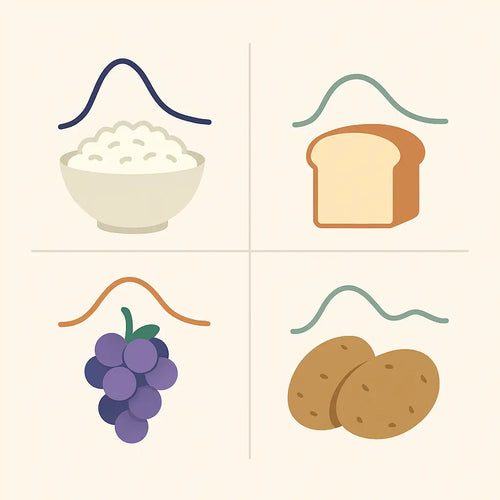We can now find more and more research related to the benefits of meditation. A lot of the research is related to the relaxing effects of meditation and it may look like meditation is just another way of getting relaxed. While relaxation can be beneficial in itself, there are more to meditation than just relaxation. The reviewed research had a group of participants meditate by focusing on feeling compassionate towards others (Kok BE, et al. 2013). They called it a loving-kindness meditation. The length of the study was 6 weeks and the participants who meditated were compared with a non meditating group. The results were measured by evaluating the vagal tone.
The vagus nerve regulates several so called unconscious functions like breathing and heart rate. Heart rate variability is a way to measure vagus tone and higher heart rate variability relates to decreased cardiovascular risk and better health.
The results showed that the participants who meditated showed an increase in positive emotions which may not be so surprising, but more surprising was that they also showed an increase in vagal tone. What was even more interesting was that the participants who meditated, but did not feel any closer to others or happier after meditating did not see any change in vagal tone.
What this means is that simply meditating is not necessarily producing optimal results. There are many ways to meditate, but not all techniques are equally effective.
A very old way of meditating originating in India is to focus on a point between the eyebrows and connect with the feeling of joy and oneness with everything.
If you are going to spend the time meditating, why not do it the most effective way, getting more compassionate, caring and happier in the process.









